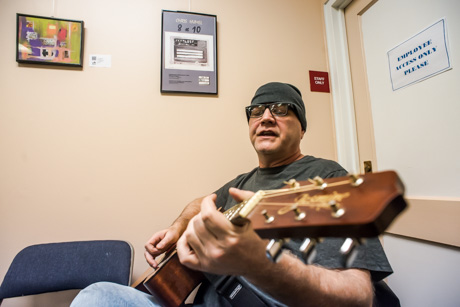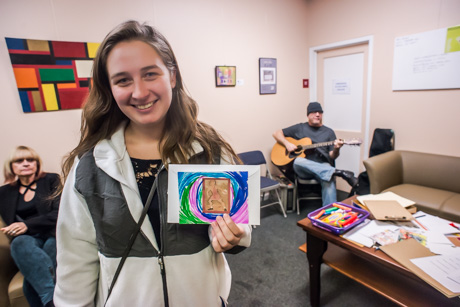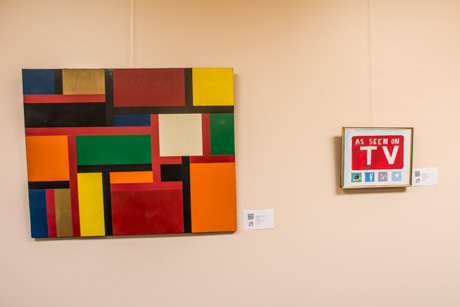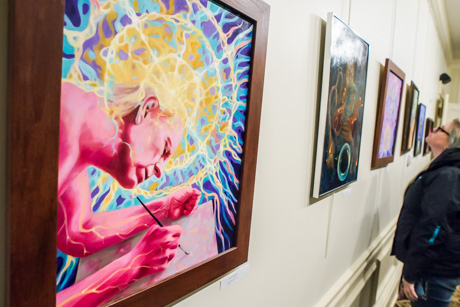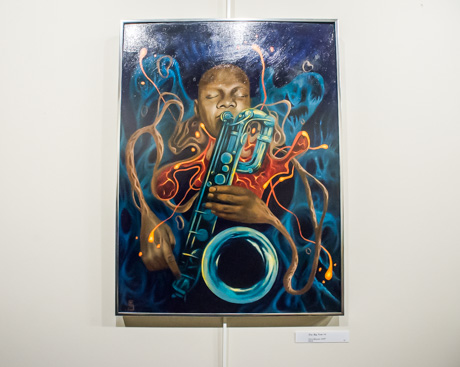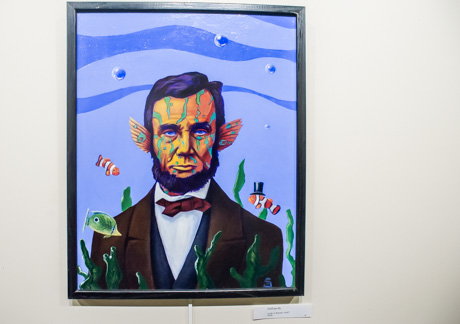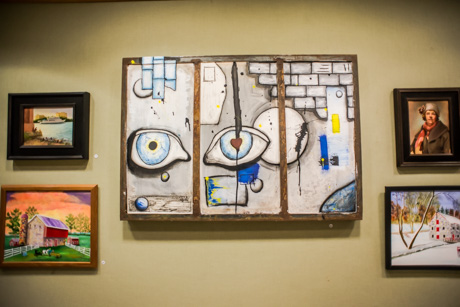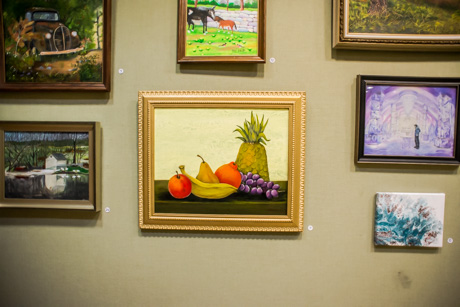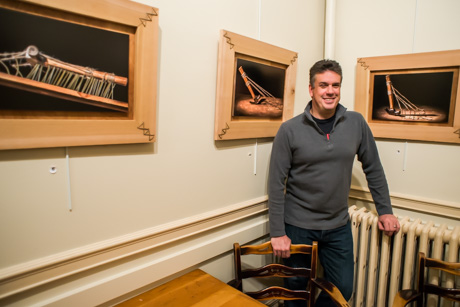GCC art show and lecture reveals techniques of Renaissance artists
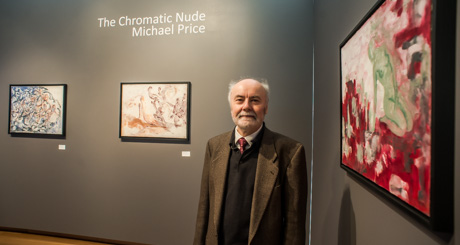
More than 25 years ago, artist Michael Price started on a journey to unravel the mysteries of the great painters of the Renaissance, starting with how they used stones and crystals -- called pigments -- to create the colors they brush onto canvas.
In the 14th, 15th, 16th, and 17th centuries there were no tubes of paint.
As Price suggests, painters were the better for it.
No tube of paint can match the luster of ultramarine derived from lapis lazuli, nor the luminance of gray created by grinding stones into the powder and mixing the powder with oil, Price said during a lecture Thursday afternoon in the Roz Steiner Art Gallery at Genesee Community College.
Through the middle of next month, a collection paintings by Price, in a show called "The Chromatic Nude," display what Price has done using Renaissance techniques applied to more contemporary subjects.
Price's work isn't just a matter of using pigment-based paint for his work. He's also studied the geometry of Renaissance arts and applies the Golden Rectangle and Golden Proportions to his own work.
He's written a two-volume book, as well, on these subjects, called "Renaissance Mysteries."
Price, a resident of New York City, is originally from Stoke-on-Trent, England, and he attended the London Central School of Art and Design and Stoke-on-Trent College of Art. He has exhibited worldwide, including solo shows in the Post Gallery in Houston, Texas, Galerie Poller in Frankfurt, Germany, and David Findlay Galleries in New York City.
The YouTube video below covers the same material as Price presented in his lecture at GCC.
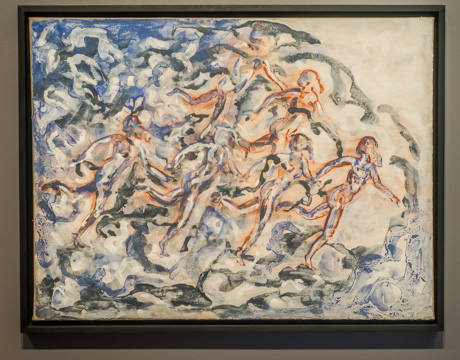
Chromatic Improvisation #9: Echo Discovers Her Echo
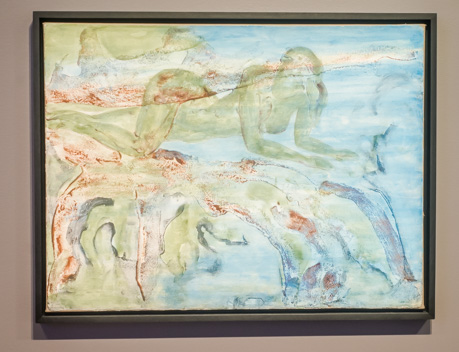
Chromatic Improvisation #7: Remembrance of Things Past
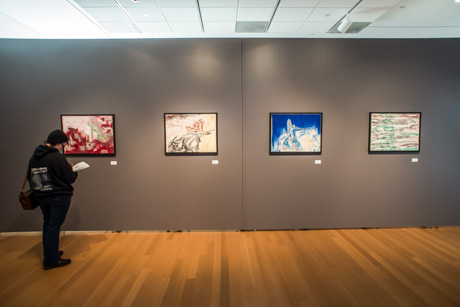

This is an example of pigments and tools that would have been used by a Renaissance artist -- or more precisely, the apprentice of the artist -- to make paints. From the website of Michael Price.

